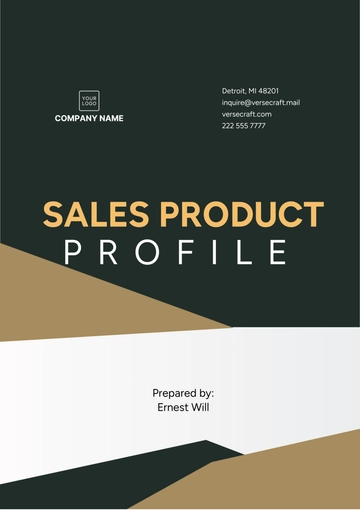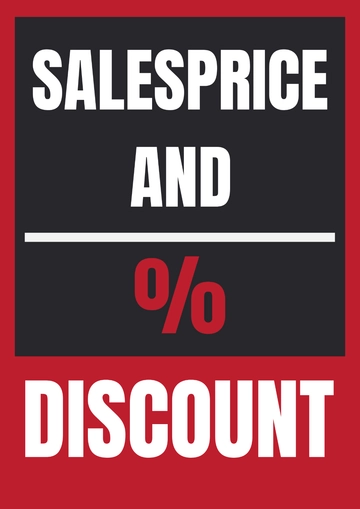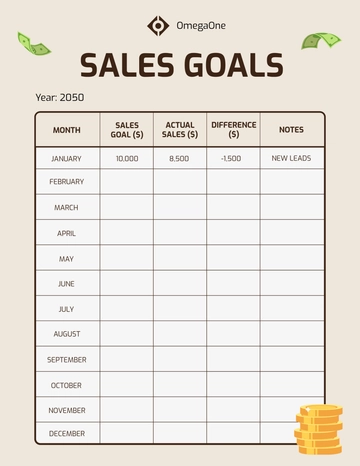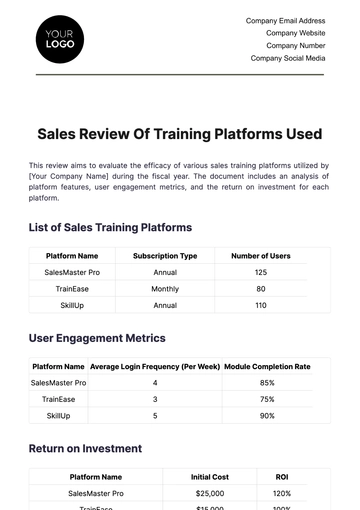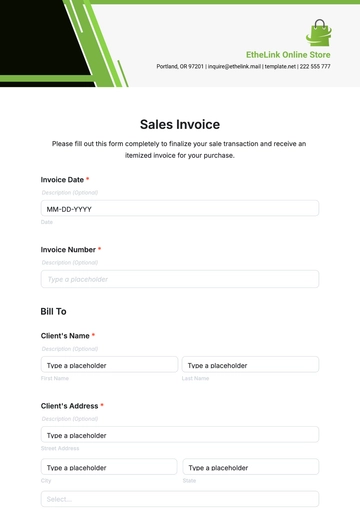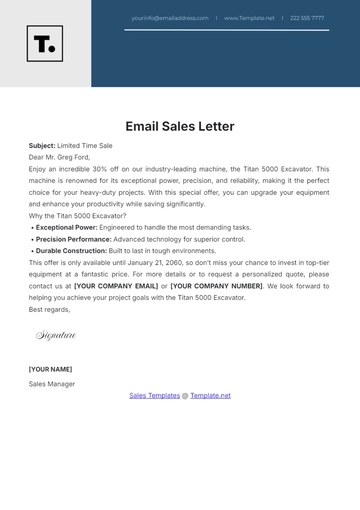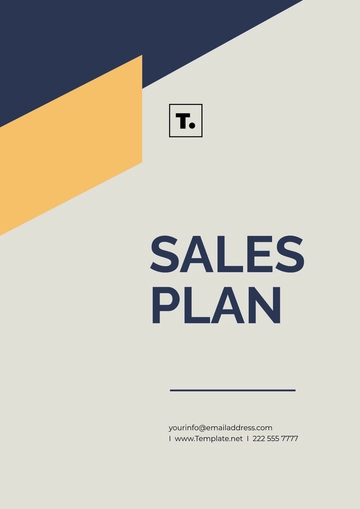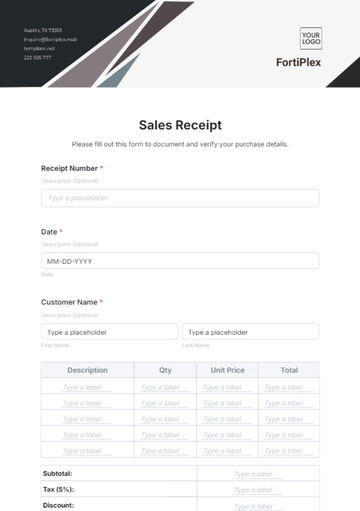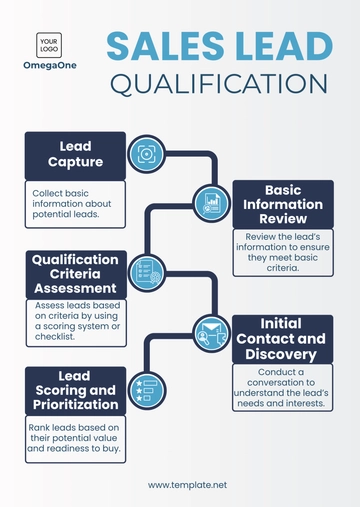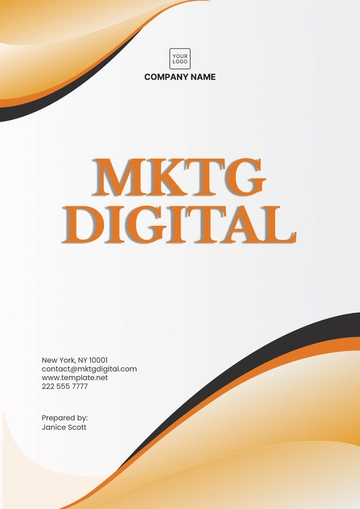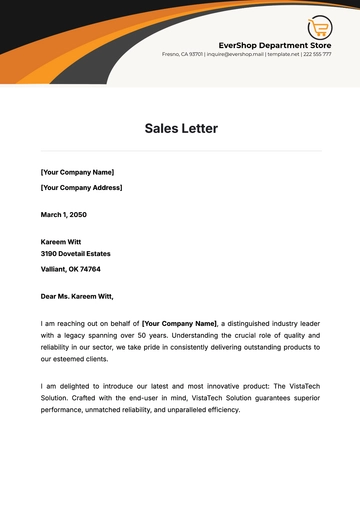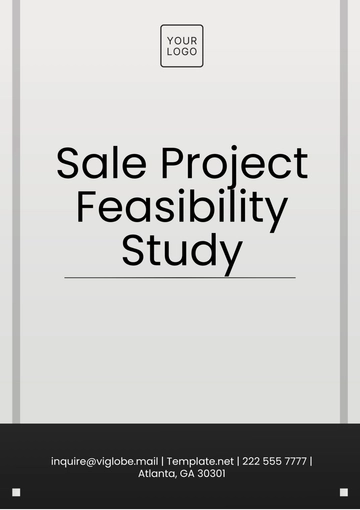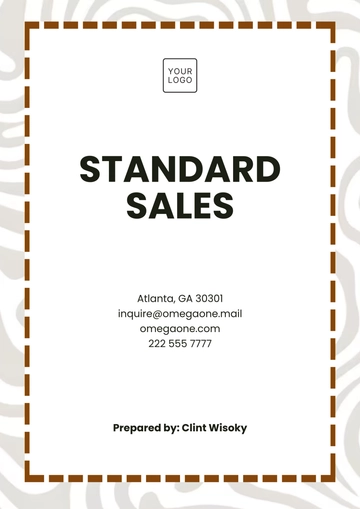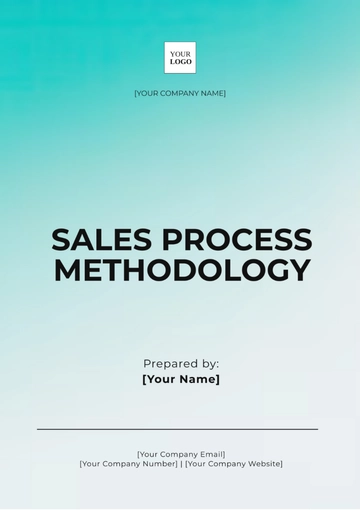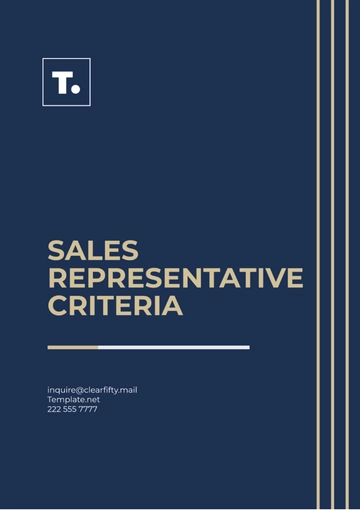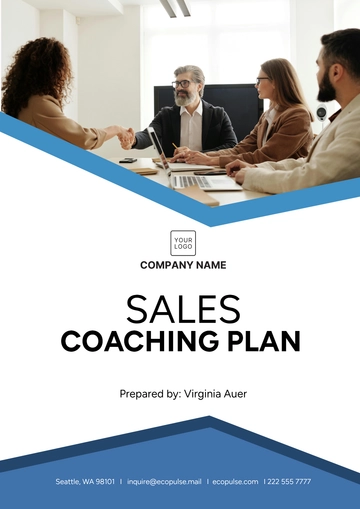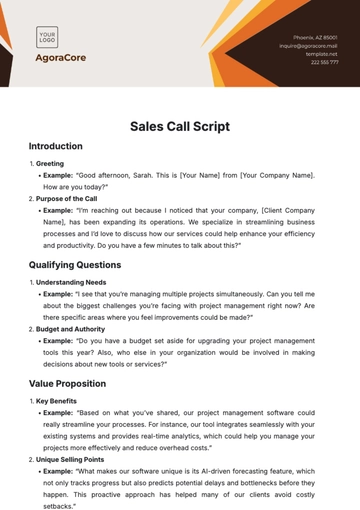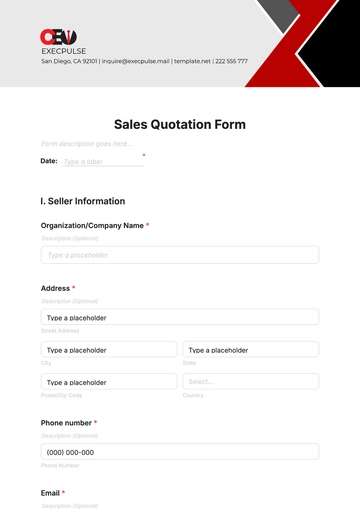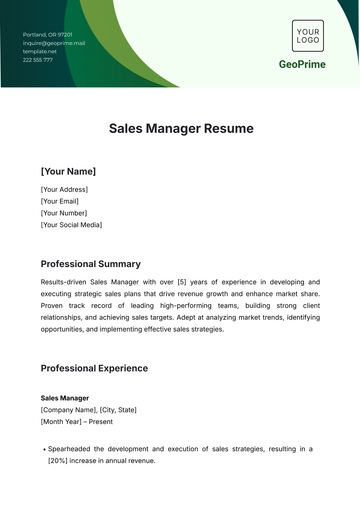Free Lead Qualification for Advertising Pitch
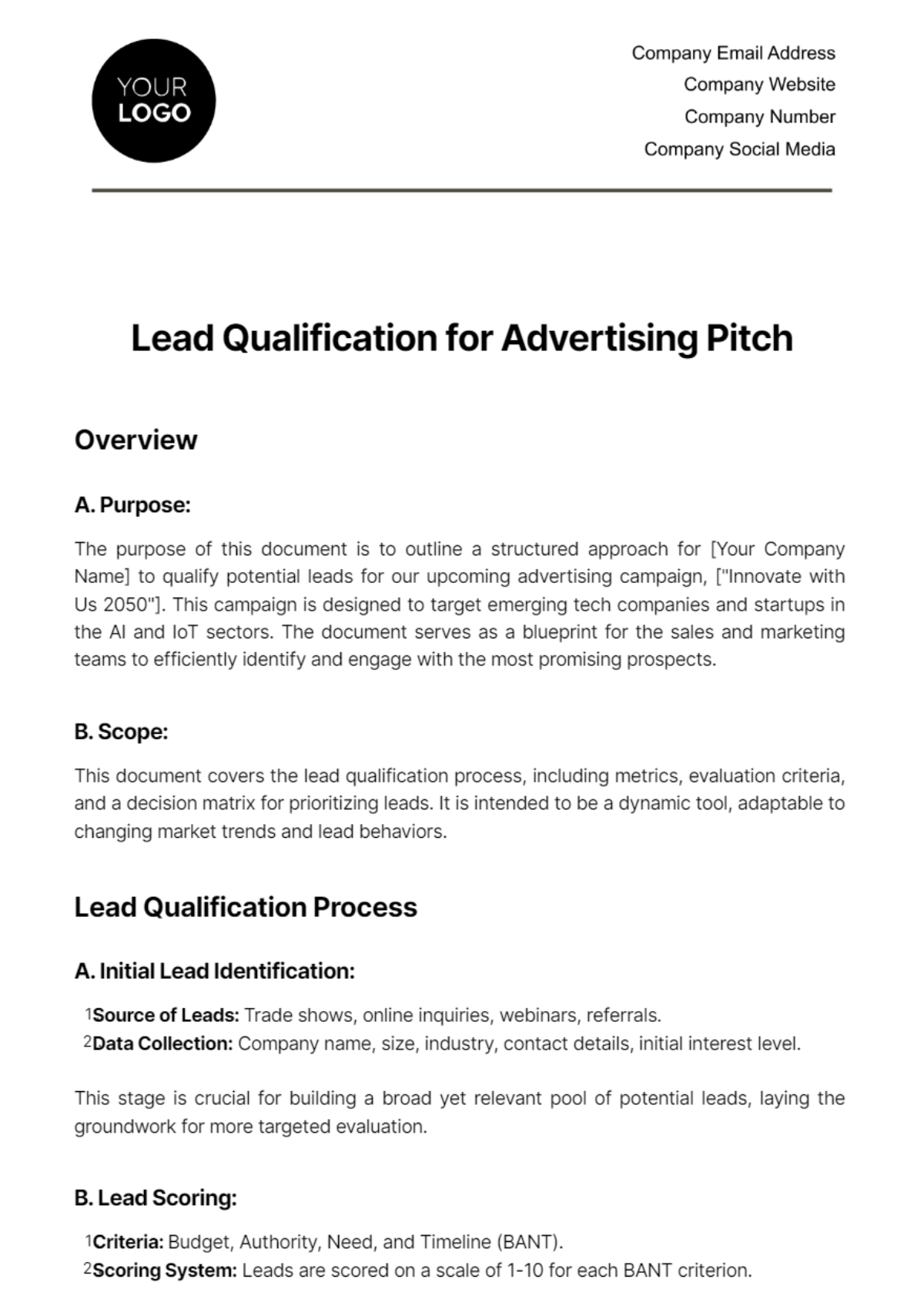
Overview
A. Purpose:
The purpose of this document is to outline a structured approach for [Your Company Name] to qualify potential leads for our upcoming advertising campaign, ["Innovate with Us 2050"]. This campaign is designed to target emerging tech companies and startups in the AI and IoT sectors. The document serves as a blueprint for the sales and marketing teams to efficiently identify and engage with the most promising prospects.
B. Scope:
This document covers the lead qualification process, including metrics, evaluation criteria, and a decision matrix for prioritizing leads. It is intended to be a dynamic tool, adaptable to changing market trends and lead behaviors.
Lead Qualification Process
A. Initial Lead Identification:
Source of Leads: Trade shows, online inquiries, webinars, referrals.
Data Collection: Company name, size, industry, contact details, initial interest level.
This stage is crucial for building a broad yet relevant pool of potential leads, laying the groundwork for more targeted evaluation.
B. Lead Scoring:
Criteria: Budget, Authority, Need, and Timeline (BANT).
Scoring System: Leads are scored on a scale of 1-10 for each BANT criterion.
The scoring system provides a quantitative measure to compare and contrast the potential value of each lead.
C. Detailed Lead Assessment:
Evaluation Parameters: Business compatibility, potential ROI, market influence.
Assessment Methods: Online research, surveys, and initial consultation calls.
This step delves deeper into the qualitative aspects of each lead, ensuring a comprehensive understanding of their potential.
D. Final Qualification and Prioritization:
Qualification Metrics: Total BANT score, assessment outcomes.
Decision Matrix: Leads are classified as High, Medium, or Low priority based on total scores
Final prioritization aligns our resources with the most promising opportunities, ensuring efficient allocation of marketing and sales efforts.
Lead Scoring Criteria
Criteria | Description | Scoring (1-10) |
Budget | Assessing the lead's budget compatibility with our service offerings. | 1 (Low) - 10 (High) |
Authority | Evaluating if the contact person has decision-making power. | 1 (Low) - 10 (High) |
Need | Identifying how well our services meet the lead's requirements. | 1 (Low) - 10 (High) |
Timeline | Understanding the lead's readiness to initiate the project. | 1 (Low) - 10 (High) |
Detailed Lead Assessment
A. Business Compatibility:
Assess how [Your Company Name]'s services align with the lead's business model.
Scored based on alignment with our technological expertise and service capabilities.
This assessment ensures that our solutions are not only feasible for the lead but also align with their long-term strategic goals.
B. Potential ROI:
Estimate the potential return on investment for both parties.
Evaluated through market analysis and projected campaign outcomes.
The ROI evaluation supports the prioritization of leads that promise the best mutual benefits in terms of profitability and growth.
C. Market Influence:
Measure the lead's influence in their industry.
Assessed through social media presence, industry recognition, and market position.
Understanding a lead's market influence aids in recognizing those with the potential for long-term strategic partnerships and brand enhancement.
Lead Qualification Decision Matrix
Total Score Range | Priority Level | Action Plan |
30-40 | High | Immediate engagement with personalized pitch and meeting scheduling. |
20-29 | Medium | Engage with more information and a follow-up plan. |
10-19 | Low | Keep a nurturing program for future consideration. |
This matrix simplifies decision-making, enabling the sales team to quickly determine the most appropriate course of action for each lead.
Action Plan for Qualified Leads
A. High Priority Leads:
Immediate engagement with a custom-tailored advertising pitch.
Schedule a meeting within 5 business days.
Prepare a detailed proposal including timelines, budget, and ROI projections.
High-priority leads are approached with a sense of urgency and a high level of customization to maximize conversion chances.
B. Medium Priority Leads:
Send detailed information about [Your Company Name]'s services and success stories.
Plan a follow-up within 10 business days.
Offer a preliminary assessment or a demo.
Medium-priority leads are engaged with a balanced approach, providing enough information to build interest while keeping resources optimally allocated.
C. Low Priority Leads:
Included in a nurturing program.
Regular updates on [Your Company Name]'s services and industry insights.
Re-evaluate quarterly for potential reclassification.
Low-priority leads are maintained within the company's network, ensuring they are not overlooked for future opportunities.
Monitoring and Adjustments
A. Performance Tracking:
Track the conversion rate of qualified leads.
Monitor the effectiveness of different engagement strategies.
Regular tracking and analysis allow for the measurement of the lead qualification process's success and areas for improvement.
B. Adjustments:
Refine the scoring criteria and decision matrix based on the observed outcomes.
Continuously update the lead nurturing strategies to improve future conversions.
Adjustments are vital for keeping the lead qualification process aligned with evolving market conditions and lead responses.
Conclusion
This Lead Qualification for Advertising Pitch document is designed to systematically identify, evaluate, and prioritize potential leads for [Your Company Name]'s ["Innovate with Us 2050"] campaign. It aims to maximize the efficiency of our marketing efforts and ensure a high conversion rate from our lead engagement strategies. Continual refinement of this process will be key to adapting to market changes and enhancing our approach to lead management. This document will serve as a living guide, evolving with the company's growth and market dynamics.
- 100% Customizable, free editor
- Access 1 Million+ Templates, photo’s & graphics
- Download or share as a template
- Click and replace photos, graphics, text, backgrounds
- Resize, crop, AI write & more
- Access advanced editor
Introducing Template.net's Lead Qualification for Advertising Pitch Template. This editable and customizable tool, integrated with our Ai Editor Tool, streamlines the process of identifying and assessing potential leads for your advertising pitches. Tailor it to your specific criteria and enhance your pitch strategy with precision and efficiency. Elevate your lead qualification process today.

